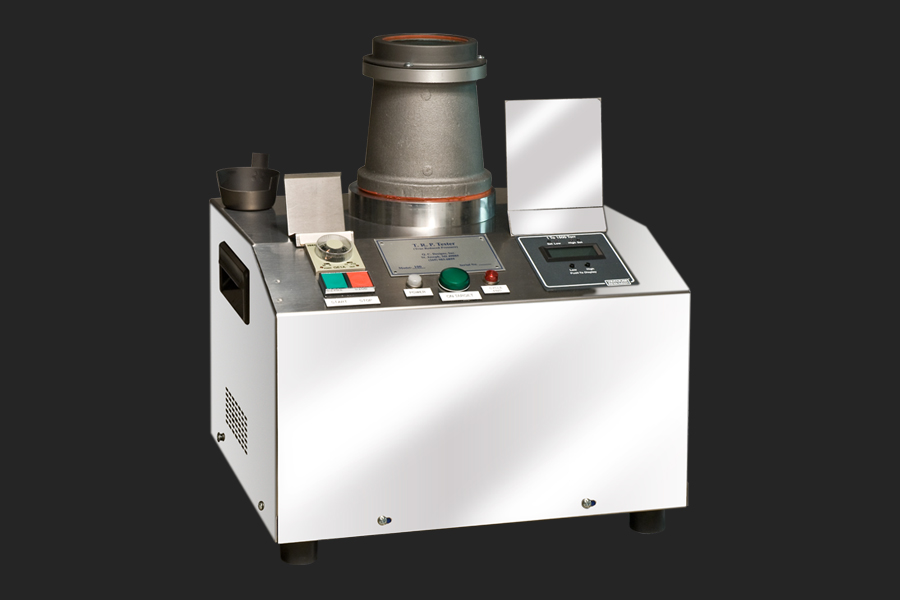Vacuum Testing of Aluminum

Article by Light Metal Age | https://www.lightmetalage.com/
Product Spotlight
The use of vacuum solidification tests to assess aluminum melt quality goes back at least to the early 1920’s and is generally acknowledged to have been first commercialized with an apparatus to perform the Straube-Pfeiffer test. In North America, Reduced Pressure Test (RPT) is the name commonly used for this procedure. Over the years, many attempts have been made to relate the test results on small solidified samples to the actual hydrogen level in the melts with the correlations somewhat marginal.
The correlation problem is recognized to be caused by many factors in the testing and equipment, and also the quantity, size, shape, and type of inclusions present in the melt. Inclusions also exercise control over the number of pores that will develop in solidification of any product made with the mely contamination, be it castings or material subsequently used in extrusions, forgings, or other aluminum products. The RPT will give an early indication of the presence of inclusions.
Many wrought operations have concluded that the accuracy of hydrogen analysis is not as important as being able to predict the potential for porosity in their final product. Accordingly, vacuum testing of their melts has become the standard for a foundry control method. The relative ease of operation, the accuracy of the tests to confirm gas and inclusions, and low cost of capital equipment have been the deciding factors in the adoption of these new test procedures.
An earlier analysis of the many types of test equipment in common use in the industry by Daniel Groteke, Q.C. Designs, Inc. of St. Joseph, MI, found that many of the important variables influencing the solidification of the sample under vacuum has been minimized or not even recognized. The newest unit of the market, the True Reduced Pressure (TRP) vacuum tester (pictured), was developed by Groteke with the thought in mind that all contributing variables could be important, and many have been optimized in the new equipment. One of the most important, automating the control system and using absolute zero vacuum level as the reference point, has eliminated the common error of using ambient atmospheric pressure as the reference point.
When first introduced, the limited ability to convert the test results into a useful process control tool hindered acceptance of the vacuum testing procedure. Sectioning of the test coupons, followed by a vary subjective visual or metallographic examination faulted evaluations in the past. The problem has been resolved with the development of a simple apparatus, also bu Groteke, the QCD-1 Porosity Measurement System, which measures the specific gravity of the RPT coupons and yields an accurate estimate of the contained porosity.
